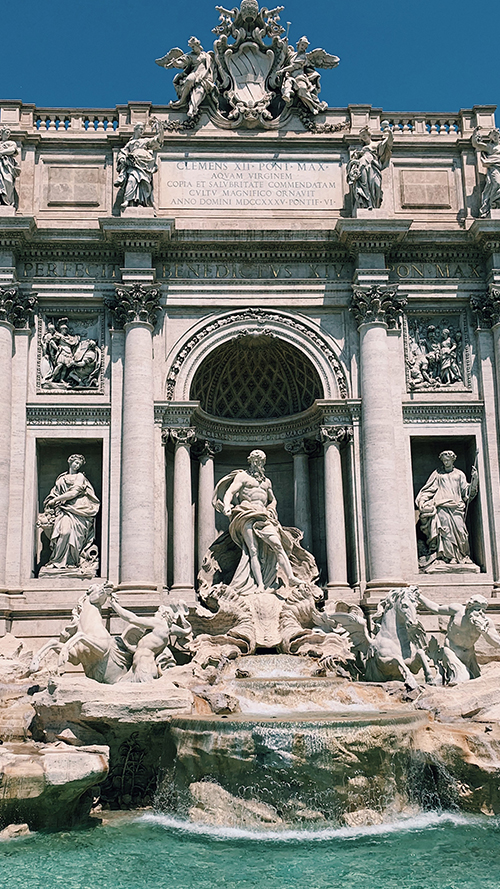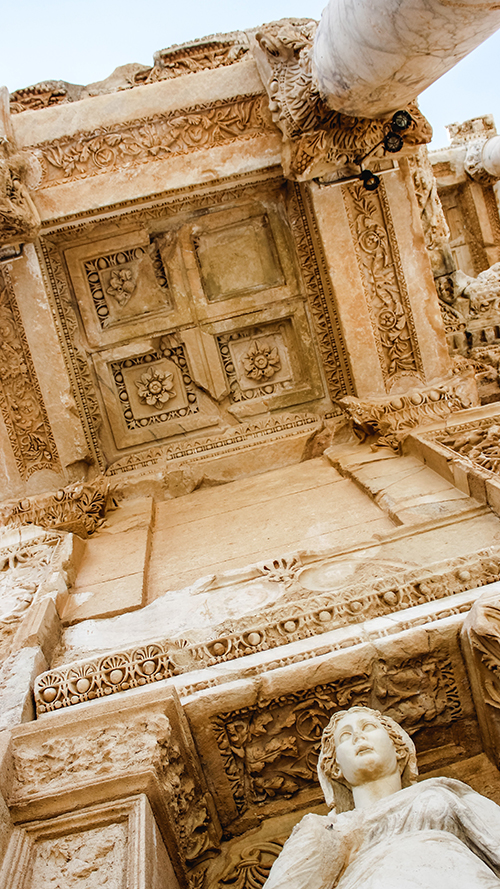The Roman Empire is rightfully considered one of the most ancient and powerful civilizations. It gave the world a unique culture, which is still amazing and delightful. Of particular interest is the architecture of the Roman Empire that was able to combine the best features of the ancient Greek and Etruscan heritage.
Features of the Architecture of Ancient Rome
Architectural monuments of ancient Roman architecture still conquer with their majesty and monumentality. This is not surprising because it was the ancient Romans who laid the foundation for a new era in world architecture, starting the construction of impressive public buildings designed for a large number of people. These include theatres and amphitheatres, markets, libraries, baths, basilicas, temples, etc.
The architecture of Ancient Rome was formed during the 4th – 1st centuries BC. The ancient structures only miraculously managed to survive to this day, despite numerous wars and natural disasters, which can be experienced in Zeus vs Thor New Zealand slot that is a favorite among numerous players.
When building their state, the ancient Romans used the achievements of Greek and Etruscan masters. If the ancient Greeks in architecture were subtle connoisseurs of beauty, the Romans showed themselves to be practical and far-sighted builders. Borrowing useful ideas, they were able to create a unique architecture, which, with its truly colossal scope, was able to embody all the power of a great empire in stone.
Achievements of the Ancient Rome Architecture
In the ancient world, the architecture of Rome was unmatched. The huge scale of construction, the variety of types of structures and compositional forms, amazing engineering findings were able to exalt Ancient Rome, strengthen its power and glory.
The most significant achievements of that period of history include:
- Concrete. The new building material consisted of water, lime, and crushed stone. At first, it was used in the construction of roads, but due to its amazing strength and refractory qualities, concrete took a leading place in the construction of architectural structures.
- Aqueducts. Arched bridges are one of the important achievements of Roman architects. Subsequently, their design served as a model for the construction of railway and other transport bridges.
- Vaulted structures. By connecting the arches, the Roman architects were able to achieve the strengthening of the ceiling structure and thus obtain a vault. By arranging a series of arches in the form of a closed circle, they created a dome. In the future, these innovations served as the basis for the development of many architectural trends.
- Monolithic style. Its use became possible due to the use in the construction of all kinds of arches, supports, and curved floors. The facades of the amphitheaters and bridges were fortified with rows of arcades – a characteristic feature of the architecture of Ancient Rome.
Spatial scope with the integrity of architectural complexes, strict laconism of forms, severe simplicity and completeness of the composition, grandiose planning, expressiveness of the image – these are the important features that characterize one of the greatest architectural eras. Roman architecture has had a significant impact on the development of world architecture.
Images: Pexels




